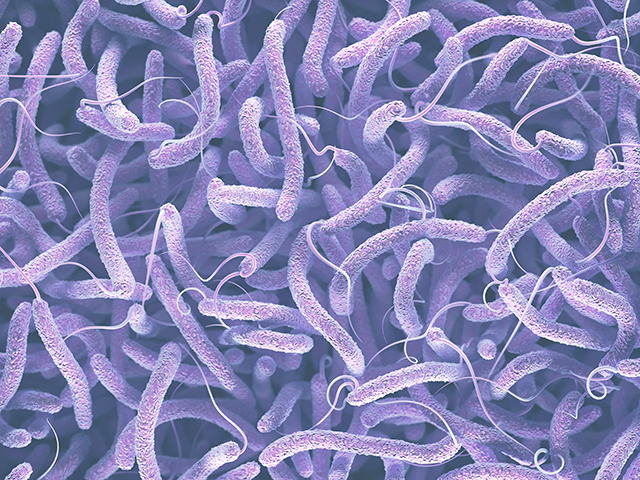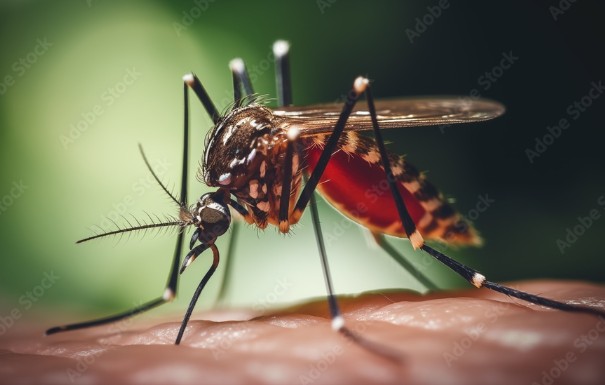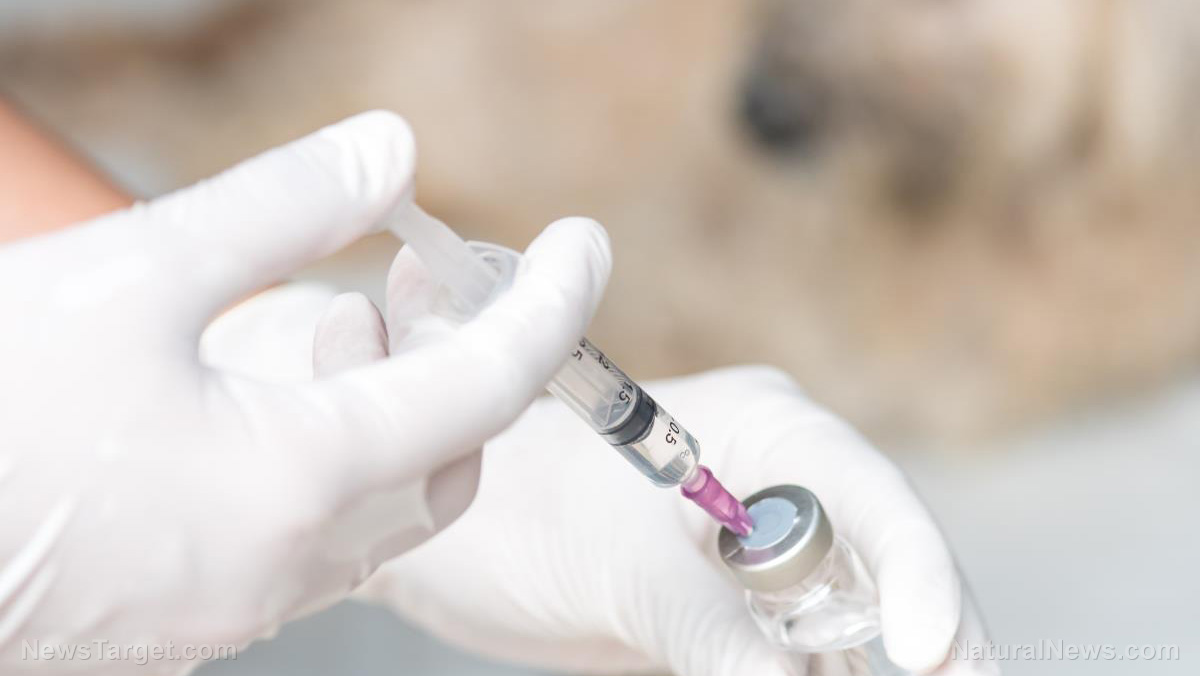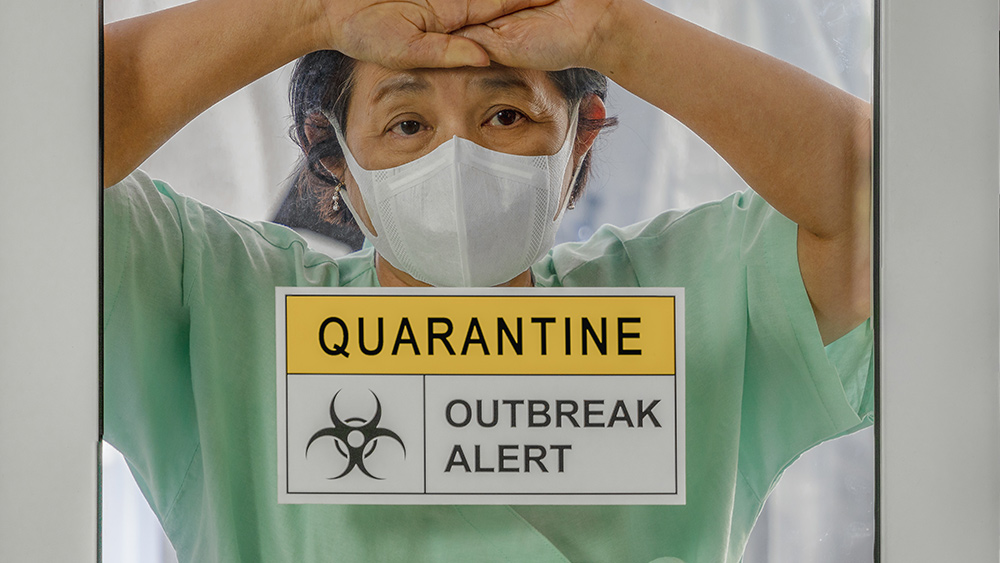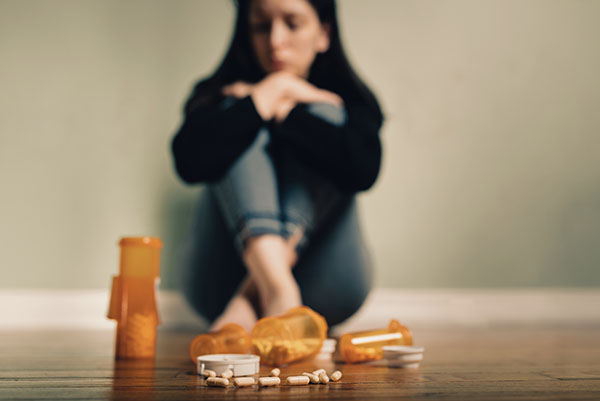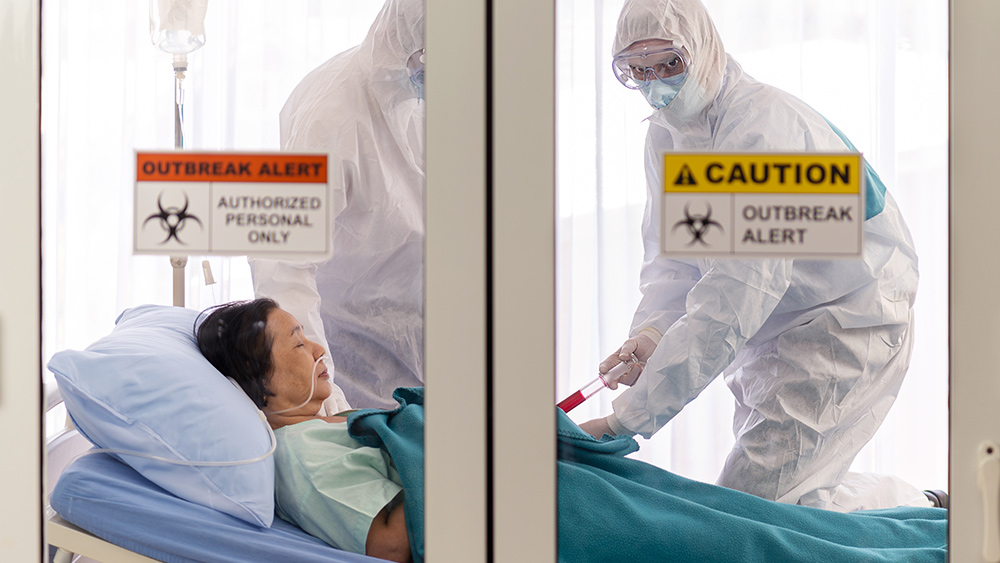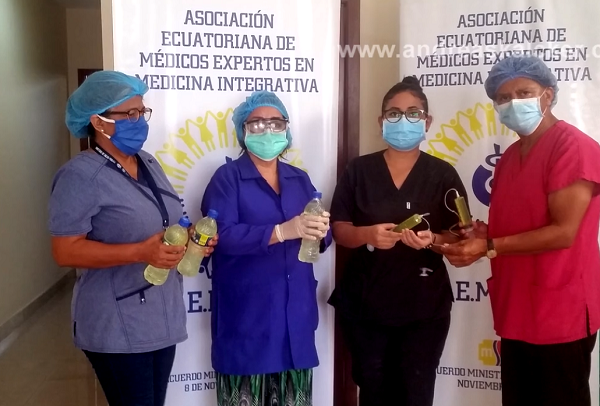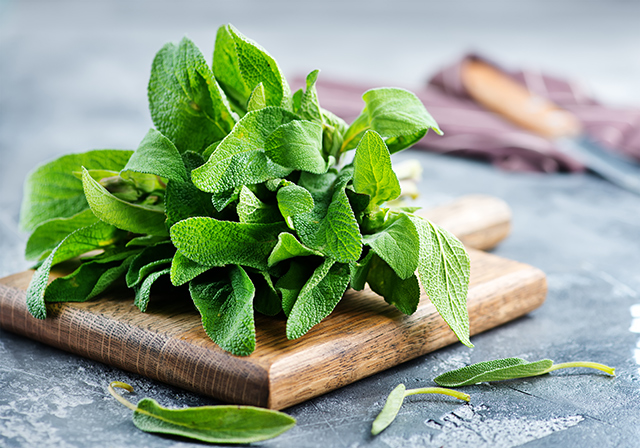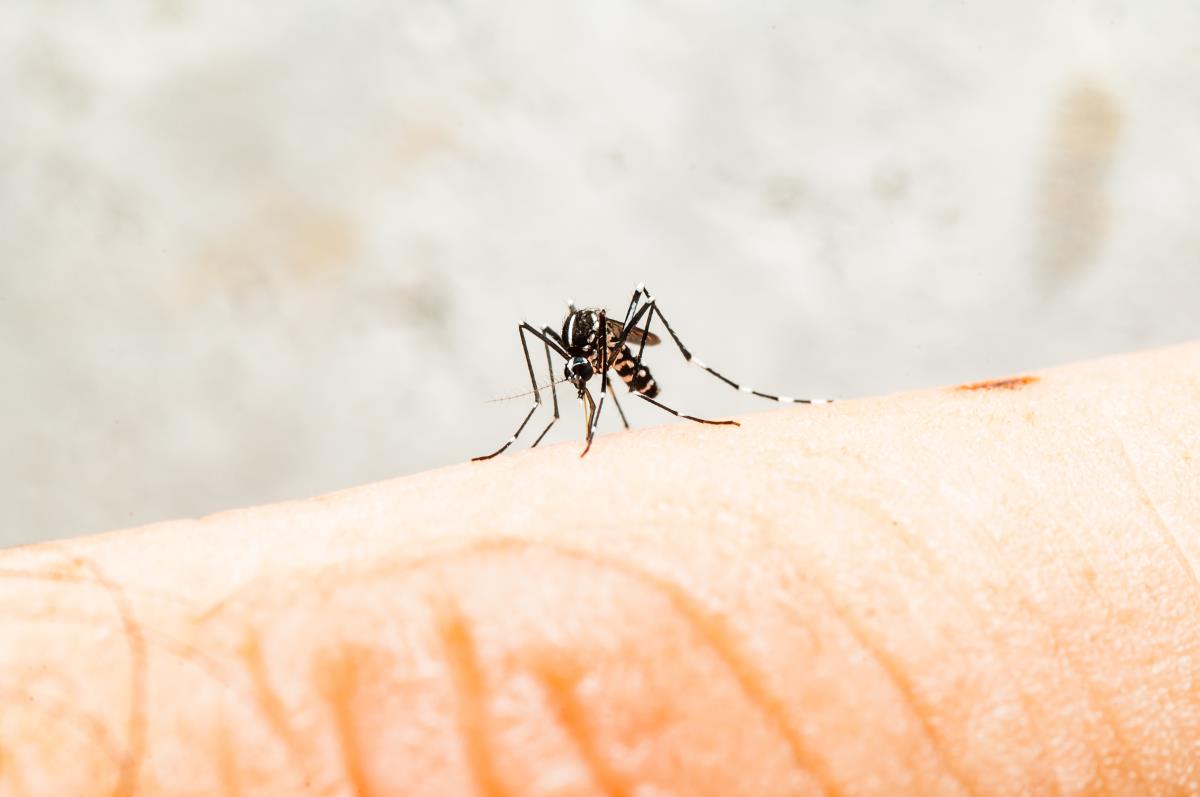Your phone is dirtier than a toilet seat: Here’s how to clean it without damaging it
08/18/2025 / By Cassie B.

- Your phone carries far more bacteria than a toilet seat yet rarely gets cleaned properly.
- Harsh cleaners like bleach or vinegar damage protective coatings and corrode phone materials.
- A 70% isopropyl alcohol wipe or damp microfiber cloth is the safest way to disinfect.
- Phones spread germs from surfaces to hands, undoing handwashing and risking illness.
- Clean your phone weekly—or daily in high-risk areas—using gentle tools to avoid damage.
Let’s be honest: you’d never lick a public toilet seat, but you might as well be doing just that every time you tap your phone. Studies confirm what common sense already suggests: your smartphone is a breeding ground for bacteria, viruses, and even parasites, yet most people never clean it properly. Worse, when they do, they often use harsh chemicals that strip protective coatings, corrode materials, and turn a $1,000 device into a smudged, less-responsive mess.
The good news? Keeping your phone germ-free doesn’t require expensive gadgets or toxic cleaners; you just need a little know-how and the right tools.
Why are our phones so filthy? It’s because we take them everywhere—bathrooms, gyms, grocery stores, public transit—and then press them against our faces, hands, and food. Research from Bond University found that mobile phones harbor everything from E. coli (yes, fecal bacteria) to antibiotic-resistant pseudomonas and even parasites like entamoeba histolytica.
In one study, 98% of healthcare workers admitted their phones were contaminated, yet 57% never cleaned them. As Dr. Lotti Tajouri, a molecular biologist who led the research, put it: “The mobile phones are our third hand. Those ‘third hands’ need to be ‘hand-washed’ or sanitized the same way as we ought to do with our two normal hands.” If you skip this step, you’re undoing every handwashing session.
The hidden dangers of “quick fixes”
Many people assume a squirt of hand sanitizer or a wipe with vinegar will do the trick. Wrong. Apple, Samsung, and other manufacturers explicitly warn against using bleach, hydrogen peroxide, vinegar, or high-concentration alcohol (above 70%) because these can destroy the oleophobic coating that repels fingerprints and smudges. Vinegar’s acidity corrodes aluminum edges, while bleach and peroxide are too aggressive for delicate electronics. Even paper towels can scratch screens, and compressed air, which is often recommended for dust, can damage microphones.
So, what does work? The safest method is a 70% isopropyl alcohol wipe (no higher) or a microfiber cloth lightly dampened with distilled water. During the pandemic, Apple even updated its guidelines to allow Clorox disinfecting wipes, provided they’re used gently. Samsung advises the same: a soft cloth with 70% alcohol, avoiding ports and openings. The key is moderation; never spray liquid directly on the phone, and never submerge it, even if it’s “water-resistant.” Those seals degrade over time, and moisture in charging ports can cause corrosion.
A step-by-step guide to safe cleaning
- Power off and unplug your phone. Remove any cases or accessories.
- Use a 70% isopropyl alcohol wipe or a microfiber cloth dampened with distilled water. For stubborn grime, a slightly damp cloth works, but be sure to wring it out well.
- Gently wipe the screen and back, avoiding ports and speaker grills. For crevices, use a soft-bristled brush (nylon or goat hair) or Scotch tape to lift debris.
- Dry with a clean microfiber cloth to prevent streaks or moisture buildup.
- Clean weekly under normal use, or daily if you’re in high-risk environments (hospitals, gyms, public transit).
For makeup or sand, avoid abrasive tools. A lint-free cloth with a drop of screen-safe cleaner (like Whoosh) works for foundation smudges, while tape or a toothpick can dislodge sand from ports. And no, “waterproof” doesn’t mean you should rinse your phone under the faucet; stick to damp cloths.
Why this matters more than you think
Your phone isn’t just a germ carrier; it’s a disease vector. Dr. Tajouri’s research showed how easily microbes spread from phones to hands to surfaces like kitchen counters, coffee machines, and door handles. “When you wash your hands, yes, your hands are clean,” he explained. “However, when you touch your filthy mobile phone, what happens is you contaminate yourself all over again.” In hospitals, this can mean spreading salmonella or listeria. In your home, it could be the flu or norovirus.
Yet the solution isn’t paranoia; it’s simple hygiene. A weekly wipe-down with the right tools takes 30 seconds and preserves your phone’s functionality. Over-cleaning with harsh products does more harm than good, but neglecting your device entirely turns it into a microbial time bomb.
Treat your phone like your hands
You wouldn’t go a week without washing your hands (we hope). Your phone deserves the same attention, especially since it spends more time in your hand than almost anything else. You don’t need fancy UV sanitizers or pricey sprays. A $5 bottle of 70% isopropyl alcohol and a microfiber cloth are all it takes to keep your “third hand” clean, functional, and safe.
So the next time you’re about to scroll through your phone while eating lunch, ask yourself: When was the last time I wiped this down? If the answer is “I don’t remember,” it’s time for a quick sanitizing session. Your immune system—and your screen—will thank you.
Sources for this article include:
Submit a correction >>
Tagged Under:
Censored Science, clean, DIY, germs, how-to, hygiene, remedies, sanitation, Smartphones, toxins
This article may contain statements that reflect the opinion of the author
RECENT NEWS & ARTICLES
Infections.News is a fact-based public education website published by Infections News Features, LLC.
All content copyright © 2018 by Infections News Features, LLC.
Contact Us with Tips or Corrections
All trademarks, registered trademarks and servicemarks mentioned on this site are the property of their respective owners.

